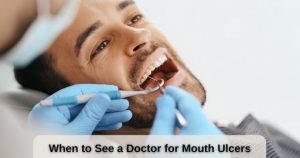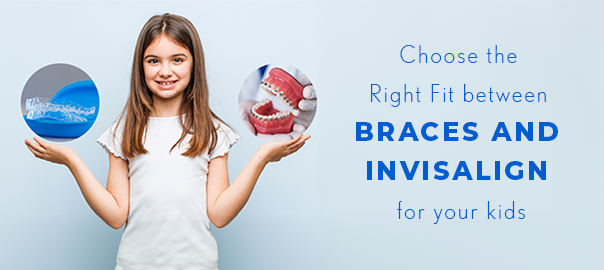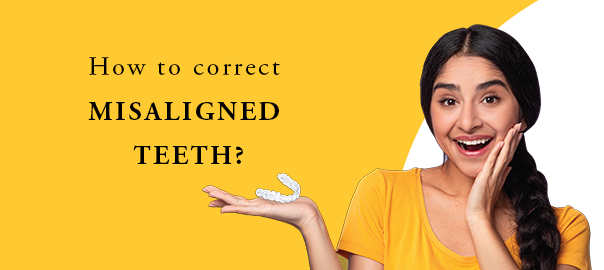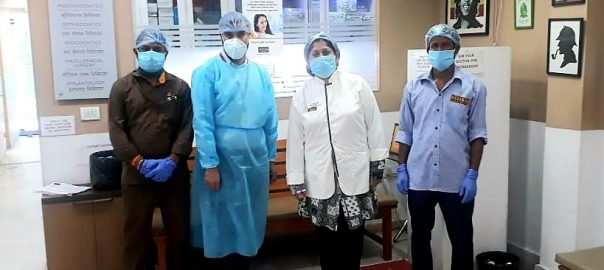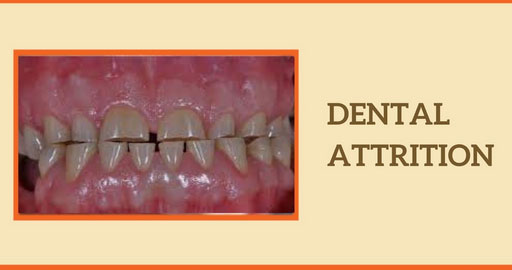
Dental Attrition – Symptoms, Causes, Treatment
Table of Contents
Dental attrition is a common dental problem affecting people of all ages. It is characterised by the gradual loss of tooth structure due to mechanical forces like grinding, clenching, or friction. This blog will delve into aspects of dental attrition, exploring its symptoms, causes, and evidence-based treatment options.
Symptoms of Dental Attrition
- Tooth Sensitivity: As the protective enamel on your teeth wears away, you may experience increased sensitivity to hot, cold, sweet, or acidic foods and beverages.
- Tooth Discoloration: The exposed dentin, which is naturally yellowish, can become more visible as enamel thins. This can lead to tooth discoloration or a yellowed appearance.
- Chipped or Cracked Teeth: Over time, teeth weakened by attrition are more prone to chipping or cracking, especially at the edges.
- Changes in Tooth Shape: The constant friction can lead to changes in the shape of your teeth, making them appear flattened, with rounded edges.
- Pain and Discomfort: As attrition progresses, you may experience jaw pain, headaches, and facial muscle fatigue due to excessive grinding or clenching.
Causes of Dental Attrition
- Bruxism: Bruxism, the medical term for teeth grinding, is a significant cause of dental attrition. It often occurs during sleep and can result from stress, anxiety, or malocclusion (improper tooth alignment).
- Misaligned Teeth: When your teeth are not correctly aligned, it can create abnormal contact points, leading to uneven wear and tear.
- Abrasive Diets: Consuming a diet high in abrasive foods and beverages can contribute to attrition. Chewing on ice, hard candies, or using your teeth as tools can accelerate enamel erosion.
- Inadequate Oral Hygiene: Neglecting your oral hygiene can allow harmful bacteria to thrive, producing acids that weaken tooth enamel, making it more susceptible to attrition.
- Age: As you age, normal wear and tear can cause some attrition, but it becomes more problematic when combined with other risk factors.
Treatment Options
- Mouthguards: A custom-fitted dental night guard can help protect your teeth from the effects of bruxism. It provides a barrier between your upper and lower teeth, reducing the damage caused by grinding.
- Orthodontic Treatment: If misaligned teeth are the root cause of attrition, orthodontic procedures like braces or clear aligners can help correct the alignment, preventing further wear and tear.
- Dental Restorations: In cases where attrition has led to structural damage, dental restorations such as fillings, dental bridges and crowns, or veneers may be necessary to restore tooth function and aesthetics.
- Lifestyle Changes: Addressing stress and anxiety through relaxation techniques, therapy, or exercise can help reduce the frequency and intensity of bruxism.
- Dietary Modifications: Limiting the consumption of abrasive foods and maintaining a balanced, tooth-friendly diet can prevent further erosion.
- Good Oral Hygiene: Regular brushing, flossing, and dental check-ups are essential for maintaining strong enamel and preventing dental attrition.
Prevention of Dental Attrition
Preventing dental attrition involves various strategies to minimize these forces and preserve tooth structure. Here are some preventive measures:
- Regular dental check-ups allow early detection of dental attrition.
- Custom mouthguards can protect teeth from grinding or clenching forces.
- Stress management techniques help reduce bruxism-related tooth wear.
- Dietary adjustments, like avoiding hard or acidic foods, prevent enamel erosion.
- Proper oral hygiene, including brushing and flossing, reduces plaque buildup.
- Discouraging habits such as nail-biting prevents unnecessary tooth wear.
- Orthodontic treatment corrects malocclusion to prevent attrition.
- Fluoride treatments strengthen enamel against acid erosion and wear.
- Limiting acidic foods minimizes enamel erosion and tooth wear.
- Professional cleanings remove plaque buildup, reducing attrition risk.
When to see a doctor for attrition?
You should see a dentist if you notice signs of dental attrition, such as worn or sensitive teeth, jaw pain, or changes in your bite, to assess the extent of the damage and determine appropriate treatment and preventive measures.
Conclusion
Understanding the symptoms, causes, and treatment options for dental attrition is crucial for maintaining a healthy and functional smile. If you suspect you may be experiencing dental attrition, go to cosmetic dentistry or speak with a dental professional to determine the best course of action to protect your teeth and oral health. By taking a scientific approach to treatment, you can ensure the longevity of your smile and overall well-being. To know , you can BOOK AN APPOINTMENT.
FAQ’s
1. How to fix Dental Attrition?
Treatment for dental attrition depends on the severity and underlying cause. Options may include dental bonding, veneers, crowns, or orthodontic treatment to restore tooth structure and correct bite alignment. Prevention strategies such as mouthguards, stress management, and dietary modifications are also essential.
2. What is the Difference between Dental Attrition and Bruxism?
Dental attrition refers to the wearing down of tooth structure due to mechanical forces, while bruxism is the habit of grinding or clenching teeth, often during sleep. Bruxism can contribute to dental attrition, but not all cases of attrition are caused by bruxism.
3. What are attrition rates for teeth?
Attrition rates for teeth vary depending on factors such as individual habits, diet, oral hygiene practices, and underlying dental conditions. Generally, attrition increases with age and can be accelerated by factors like bruxism, malocclusion, and acidic diet.
4. Can chewing gum cause attrition?
Chewing sugar-free gum in moderation is unlikely to cause significant attrition.
Leave a Reply
Leave a Reply








